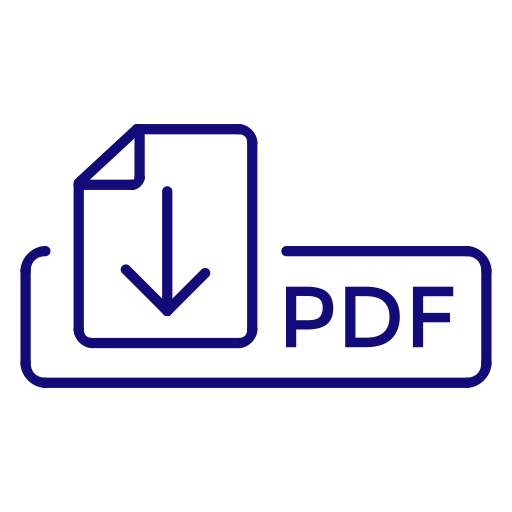

Aad G., Abbott B., Abbott D. C., Abud A. A., Abeling K., Abhayasinghe D. K., ...Daha Fazla
EUROPEAN PHYSICAL JOURNAL C, cilt.81, sa.7, 2021 (SCI-Expanded, Scopus)


-
Yayın Türü:
Makale / Tam Makale
-
Cilt numarası:
81
Sayı:
7
-
Basım Tarihi:
2021
-
Doi Numarası:
10.1140/epjc/s10052-021-09233-2
-
Dergi Adı:
EUROPEAN PHYSICAL JOURNAL C
-
Derginin Tarandığı İndeksler:
Science Citation Index Expanded (SCI-EXPANDED), Scopus, Academic Search Premier, Aerospace Database, Chemical Abstracts Core, Communication Abstracts, INSPEC, zbMATH, Directory of Open Access Journals
-
Açık Arşiv Koleksiyonu:
AVESİS Açık Erişim Koleksiyonu
-
Ankara Üniversitesi Adresli:
Evet
Özet
This article documents the muon reconstruction and identification efficiency obtained by the ATLAS experiment for 139 fb-1 of pp collision data at s=13 TeV collected between 2015 and 2018 during Run 2 of the LHC. The increased instantaneous luminosity delivered by the LHC over this period required a reoptimisation of the criteria for the identification of prompt muons. Improved and newly developed algorithms were deployed to preserve high muon identification efficiency with a low misidentification rate and good momentum resolution. The availability of large samples of Z -> mu mu and J/psi -> mu mu decays, and the minimisation of systematic uncertainties, allows the efficiencies of criteria for muon identification, primary vertex association, and isolation to be measured with an accuracy at the per-mille level in the bulk of the phase space, and up to the percent level in complex kinematic configurations. Excellent performance is achieved over a range of transverse momenta from 3 GeV to several hundred GeV, and across the full muon detector acceptance of |eta|<2.7.

